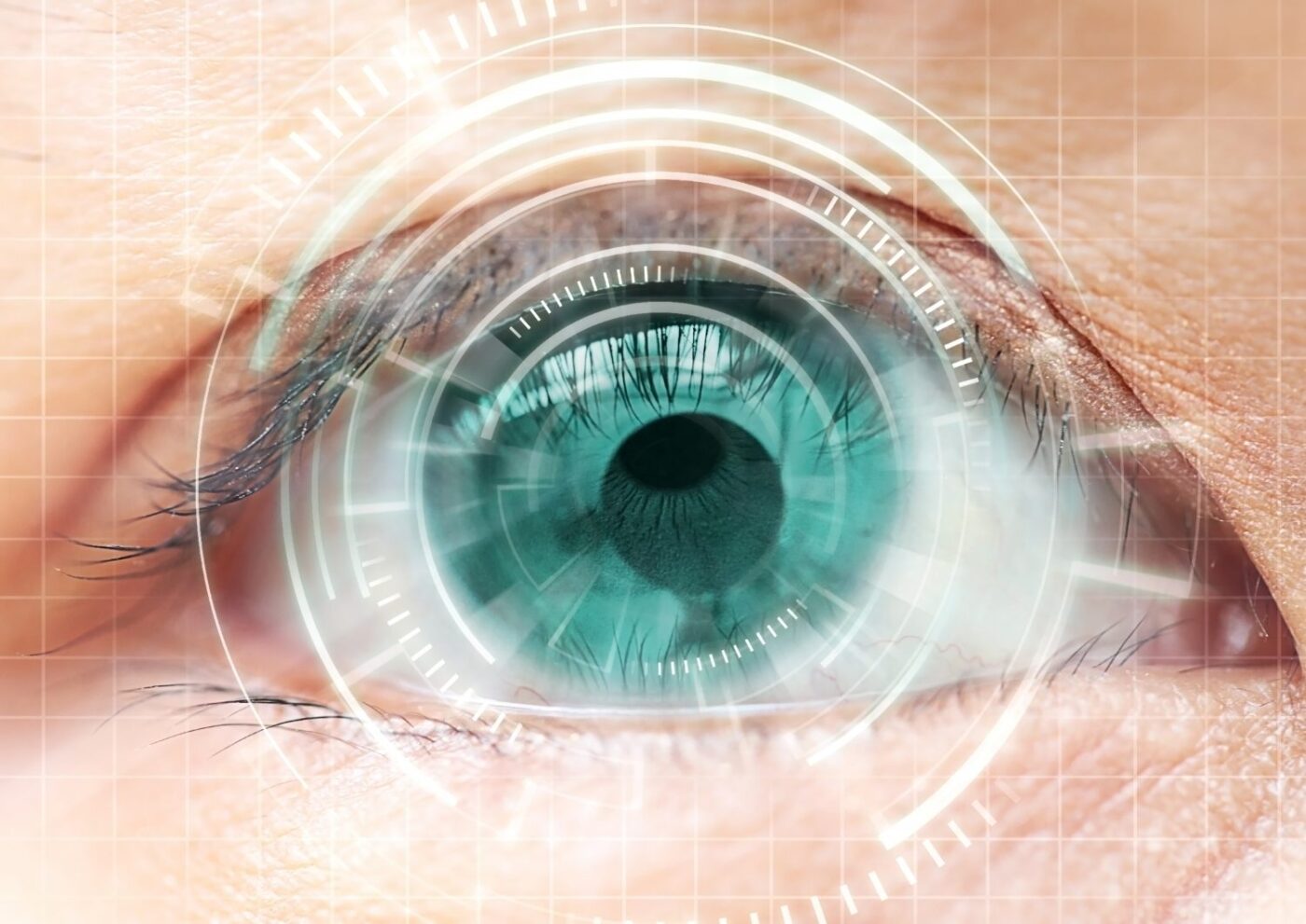
What is LASIK? – Your Comprehensive Guide to LASIK Eye Surgery (Updated 2023)
Introduction
Light Amplification by Stimulated Emission of Radiation In-Situ Keratomileusis, more commonly known as LASIK, is a popular and effective laser eye surgery technique used to correct common vision problems. Today, millions of people worldwide have benefited from this procedure, experiencing significant improvements in their vision, sometimes even eliminating the need for corrective lenses completely. But what exactly is LASIK? How does it work? And most importantly, is it the right option for you? This comprehensive guide will take you on an in-depth exploration of LASIK eye surgery, its benefits, risks, and what you can expect during and after the procedure.
LASIK: A Brief Overview
LASIK is a surgical procedure that aims to correct refractive errors – conditions that affect the eye’s ability to focus light, leading to blurred vision. The three most common refractive errors are myopia (nearsightedness), hyperopia (farsightedness), and astigmatism (irregularly shaped cornea). Through LASIK, the shape of your cornea—the clear front part of your eye—is modified so that light entering your eye can be properly focused onto the retina, thereby improving your vision.
While the concept behind LASIK may seem simple, it involves a sophisticated blend of science, technology, and medical expertise. Conducted by a specialized ophthalmologist, the procedure utilizes a specific type of laser, known as an excimer laser, to remove minute layers of corneal tissue. The excimer laser is unique in its capability to ablate corneal tissue without generating heat that could potentially damage nearby eye structures.
The LASIK Procedure
Prior to the LASIK surgery, a thorough examination of your eyes is conducted to ensure you are a suitable candidate. This evaluation includes measuring your cornea’s thickness, shape, and surface, checking your eye pressure, and assessing your overall eye health.
The LASIK procedure itself is typically quick, often completed within 15 minutes for both eyes. It starts with the application of local anesthetic drops to numb your eyes. Your surgeon will then create a thin flap on your cornea’s surface. This can be done using a precise instrument called a microkeratome or, in some cases, a femtosecond laser for a bladeless LASIK procedure.
Once the corneal flap is made, it’s delicately lifted to expose the underlying cornea’s stromal layer. The pre-programmed excimer laser then reshapes the cornea based on the precise measurements taken during your preoperative examination. Each pulse of this laser removes a minuscule amount of corneal tissue, enabling your surgeon to precisely flatten (for myopia) or steepen (for hyperopia) your cornea. In the case of astigmatism, the laser smooths an irregular cornea into a more regular shape.
After reshaping the cornea, the surgeon repositions the corneal flap back onto the underlying cornea without sutures—the flap adheres naturally, commencing the healing process. It’s fascinating to note that most people notice significant vision improvement almost immediately after the surgery.
Post-LASIK: Recovery and Results
The recovery period after LASIK is generally short. Most patients can return to their normal activities within a couple of days. However, it’s crucial to follow your surgeon’s post-operative care instructions to ensure a smooth recovery and optimal results. This includes avoiding strenuous activities that could strain your eyes, using prescribed eye drops to prevent infection and inflammation, and attending scheduled post-operative check-ups.
LASIK boasts a high success rate with the majority of patients achieving 20/20 vision or better. Furthermore, most patients report a high satisfaction rate due to the swift recovery and the drastic improvements in their quality of life—liberating them from the constant dependence on glasses or contact lenses.
Is LASIK Right for You?
Although LASIK is a safe and effective procedure, it’s not suitable for everyone. Factors such as your age, overall health, eye health, the stability of your vision prescription, and your lifestyle can determine your eligibility for the surgery. It’s crucial to discuss all these factors and potential risks with your eye doctor to make an informed decision.
Potential risks, though rare, can include undercorrections, overcorrections, dry eyes, or in very rare cases, vision loss. Yet, advancements in technology and surgical techniques continue to improve the safety profile, precision, and outcomes of LASIK surgery.
Conclusion
LASIK eye surgery represents a remarkable advancement in the field of ophthalmology, offering a compelling solution to those burdened by refractive errors. However, as with any medical procedure, the decision to pursue LASIK should be made after a comprehensive discussion with a trusted ophthalmologist. By understanding what LASIK is, how it works, and what it can offer, you’ll be better equipped to make a decision that’s right for your visual health.


